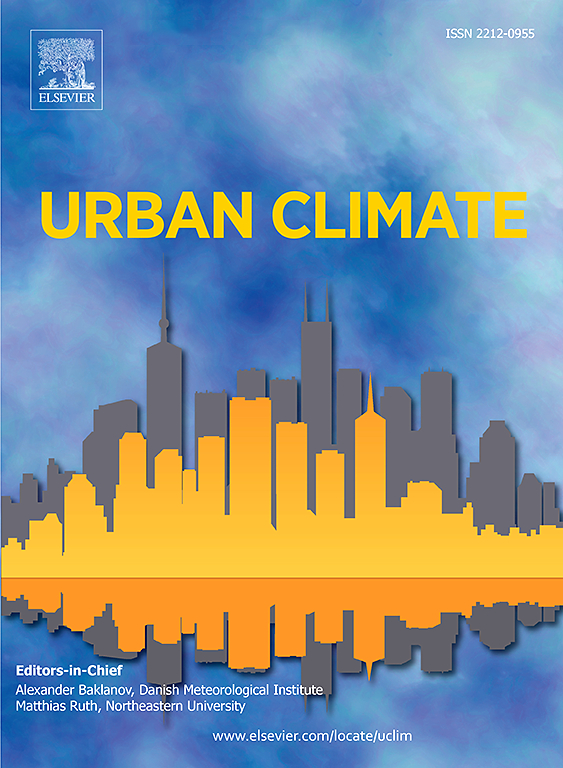对城市环境中15个地点的室内和室外PM10进行为期两年的监测。第一部分:化学成分和源示踪剂
IF 6.9
2区 工程技术
Q1 ENVIRONMENTAL SCIENCES
引用次数: 0
摘要
在2019年5月至2021年4月为期2年的研究期间,在意大利罗马市区的15个居民区室内和室外同时测量了PM10和80多种化学成分(12次采样,每次采样时间为2个月)。室外PM10浓度在全国范围内较为均匀(范围在18-30 μg/m3之间),在整个研究过程中各站点的排名相对稳定,而室内民居之间的差异更为显著(范围在11-125 μg/m3之间),室内/室外比值高达4以上。使用某些元素的水溶性或不溶性组分作为源示踪剂,可以在一些住宅中确定特定的室内源:吸烟(迄今为止对室内PM浓度影响最大的一种)、燃烧生物质、燃烧蜡烛和熏香以及使用刷式电动机驱动的电器。采用Cu、Mo、Sb、Sn、Zr的不溶性组分检测机动车非尾气排放。这些颗粒的室外浓度主要受区域中心位置、海拔高度和公寓俯瞰的影响,而它们在室内的渗透主要取决于建筑物的特征。在研究的第二年,由于大流行期间的限制,发现了较低的浓度,特别是交通示踪剂。本文章由计算机程序翻译,如有差异,请以英文原文为准。

Two-year monitoring of indoor and outdoor PM10 at 15 sites in an urban setting. Part I: chemical composition and source tracers
Simultaneous measurements of PM10 and more than 80 chemical components have been carried out indoors and outdoors at 15 residential sites in the urban area of Rome, Italy, for a study period of 2 years from May 2019 to April 2021 (12 samplings of the duration of 2 months each).
Outdoor PM10 concentrations were rather homogeneous over the territory (range 18–30 μg/m3) and the ranking of the sites was relatively constant during the whole study, while much more marked differences among the dwellings were recorded indoors (range 11–125 μg/m3), with indoor/outdoor ratios up to over 4.
Using the water-soluble or insoluble fractions of some elements as source tracers allowed the identification of specific indoor sources in some of the dwellings: cigarette smoking - by far the one with the highest influence on indoor PM concentration -, biomass burning, burning of candles and incense and use of appliances operated by brush electric motors. Non-exhaust emission of vehicular traffic was detected by the insoluble fraction of Cu, Mo, Sb, Sn, and Zr. The outdoor concentration of these particles was influenced mainly by the centrality of the area, its height above sea level, and the overlook of the apartments, while their indoor penetration was mainly dependent on the characteristics of the building.
Lower concentrations, particularly of traffic tracers, were detected during the second year of the study due to the restrictions during the pandemic.
求助全文
通过发布文献求助,成功后即可免费获取论文全文。
去求助
来源期刊

Urban Climate
Social Sciences-Urban Studies
CiteScore
9.70
自引率
9.40%
发文量
286
期刊介绍:
Urban Climate serves the scientific and decision making communities with the publication of research on theory, science and applications relevant to understanding urban climatic conditions and change in relation to their geography and to demographic, socioeconomic, institutional, technological and environmental dynamics and global change. Targeted towards both disciplinary and interdisciplinary audiences, this journal publishes original research papers, comprehensive review articles, book reviews, and short communications on topics including, but not limited to, the following:
Urban meteorology and climate[...]
Urban environmental pollution[...]
Adaptation to global change[...]
Urban economic and social issues[...]
Research Approaches[...]
 求助内容:
求助内容: 应助结果提醒方式:
应助结果提醒方式:


